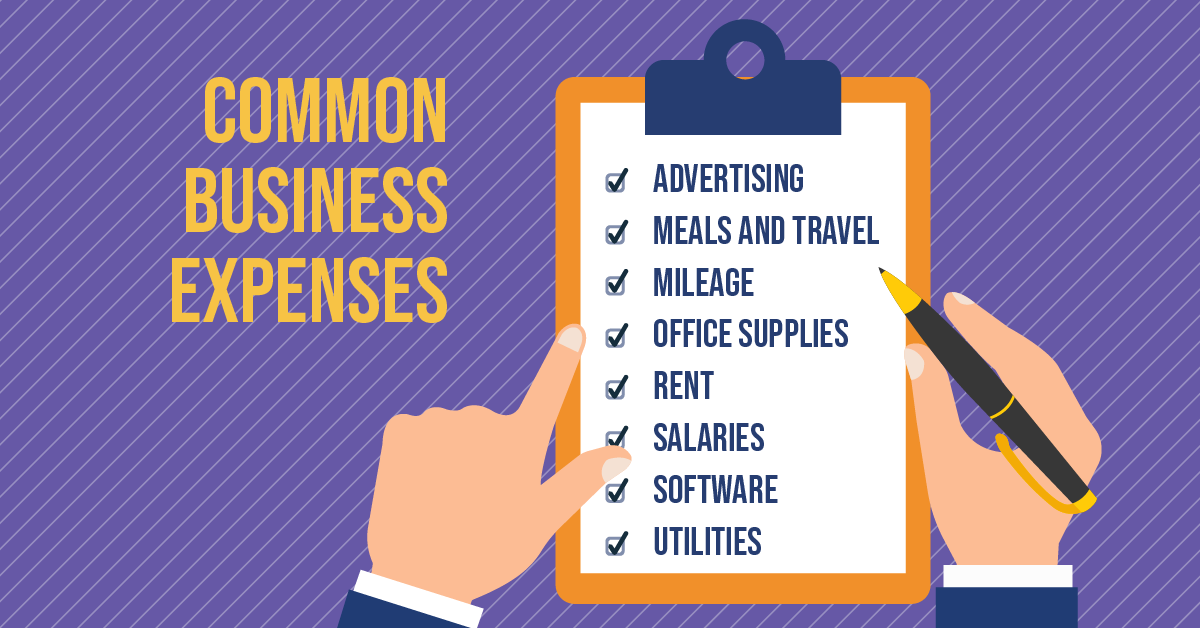How to Reduce Operational Costs in a Small Business: A Comprehensive Guide

Running a small business is like navigating a ship through stormy seas. Every decision you make can either steer you towards calmer waters or into treacherous territory. One of the most critical aspects of keeping your business afloat is managing your operational costs. But how do you reduce small business costs without compromising quality or growth? Let's dive in and explore some practical strategies.
Understanding Operational Costs
Operational costs are the expenses associated with the day-to-day running of your business. These can include rent, utilities, salaries, inventory, and marketing. Reducing these costs can significantly boost your business profits and operational efficiency.
Cost Reduction Strategies: Where to Start?
1. Analyze Your Expenses
The first step in reducing operational costs is to understand where your money is going. Conduct a thorough analysis of your small business expenses. Tools like QuickBooks can help you track and categorize your spending.
2. Negotiate Better Deals
Negotiation is a powerful tool for cost reduction. Whether it's with suppliers, service providers, or landlords, don't be afraid to ask for better terms. You might be surprised at how willing they are to negotiate, especially if you've been a loyal customer.
3. Optimize Your Workforce
Your employees are your most valuable asset, but they can also be your biggest expense. Consider outsourcing non-core tasks to freelancers or part-time workers. This can help you save on salaries and benefits without compromising productivity.

4. Leverage Technology
Technology can be a game-changer for small businesses. Automation tools can streamline processes, reduce errors, and save time. For example, using project management software like Asana can help you manage tasks more efficiently, while accounting software like Xero can simplify your financial management.
5. Reduce Energy Consumption
Energy costs can add up quickly. Simple changes like switching to energy-efficient lighting, using power-saving modes on equipment, and encouraging employees to turn off devices when not in use can make a big difference.
6. Review Your Marketing Strategy
Marketing is essential, but it can also be expensive. Focus on cost-effective strategies like social media marketing, content marketing, and email marketing. Tools like Hootsuite can help you manage your social media presence efficiently.
7. Reevaluate Your Office Space
Do you really need that large office space? With the rise of remote work, many businesses are finding that they can operate just as effectively with a smaller footprint. Consider downsizing your office or switching to a co-working space.

8. Inventory Management
Overstocking can tie up your capital and increase storage costs. Implement an inventory management system to ensure you only order what you need. Tools like Zoho Inventory can help you track your inventory in real-time.
9. Review Your Insurance Policies
Insurance is necessary, but it can also be a significant expense. Regularly review your policies to ensure you're not over-insured. Shop around for better deals and consider bundling policies to save money.
10. Encourage a Culture of Saving
Make cost-saving a part of your company culture. Encourage employees to suggest ways to save money and reward them for their ideas. This not only reduces costs but also fosters a sense of ownership and responsibility.
The Benefits of Cost Reduction
Reducing operational costs doesn't just save you money; it also improves your operational efficiency and boosts your business profits. By streamlining processes and eliminating waste, you can focus more on growth and innovation.
Conclusion
Reducing operational costs in a small business is not just about cutting corners; it's about making smart, strategic decisions that benefit your bottom line. By analyzing your expenses, negotiating better deals, leveraging technology, and fostering a culture of saving, you can navigate the stormy seas of business with greater confidence and success.
Remember, every dollar saved is a dollar earned. So, start implementing these cost reduction strategies today and watch your business profits soar.
FAQs
What are the most common operational costs for small businesses?
- Common operational costs include rent, utilities, salaries, inventory, marketing, and insurance.
How can technology help reduce operational costs?
- Technology can automate processes, reduce errors, and save time. Tools like project management software, accounting software, and inventory management systems can help streamline operations and reduce costs.
What are some cost-effective marketing strategies for small businesses?
- Cost-effective marketing strategies include social media marketing, content marketing, and email marketing. Tools like Hootsuite can help manage your social media presence efficiently.
How can I reduce energy consumption in my business?
- Simple changes like switching to energy-efficient lighting, using power-saving modes on equipment, and encouraging employees to turn off devices when not in use can help reduce energy consumption.
Why is it important to review insurance policies regularly?
- Regularly reviewing your insurance policies ensures you're not over-insured and helps you find better deals. Bundling policies can also save money.
By implementing these strategies, you can transform your small business into a lean, efficient, and profitable operation. So, what are you waiting for? Start saving today!
Belum ada Komentar untuk "How to Reduce Operational Costs in a Small Business: A Comprehensive Guide"
Posting Komentar